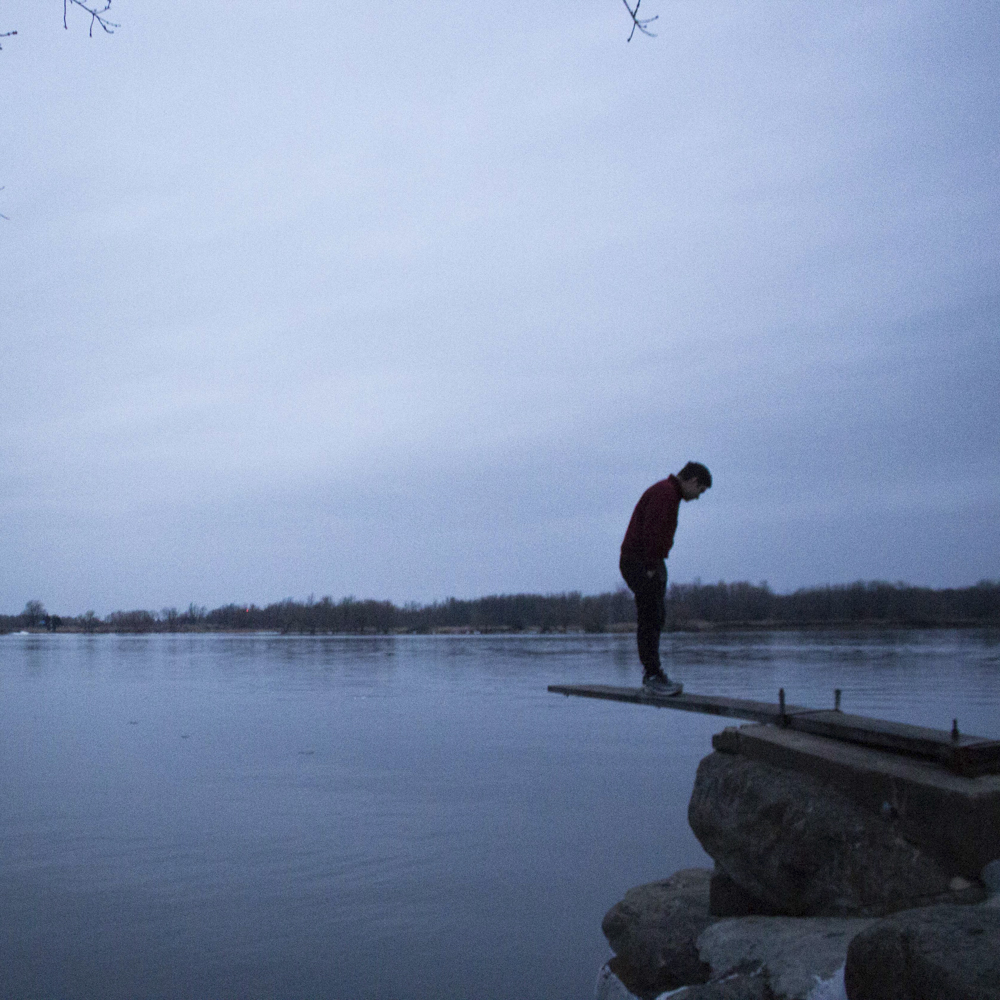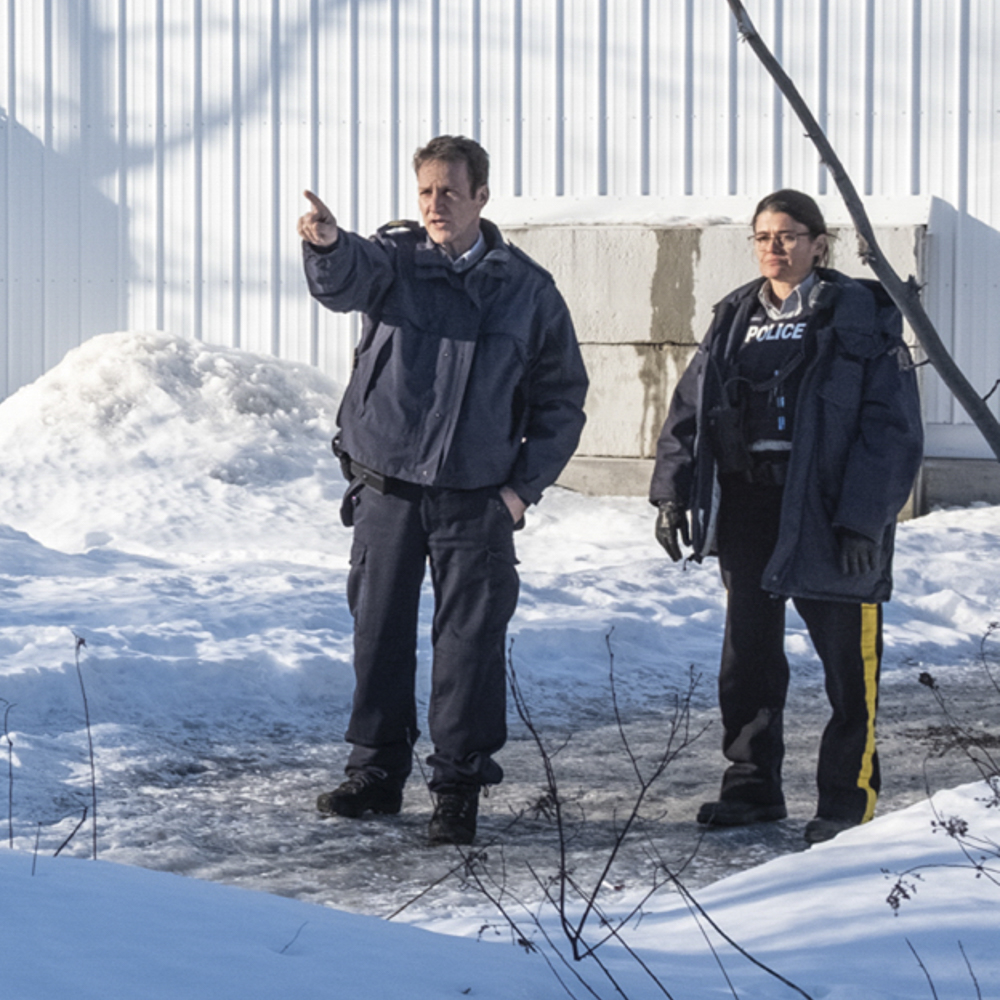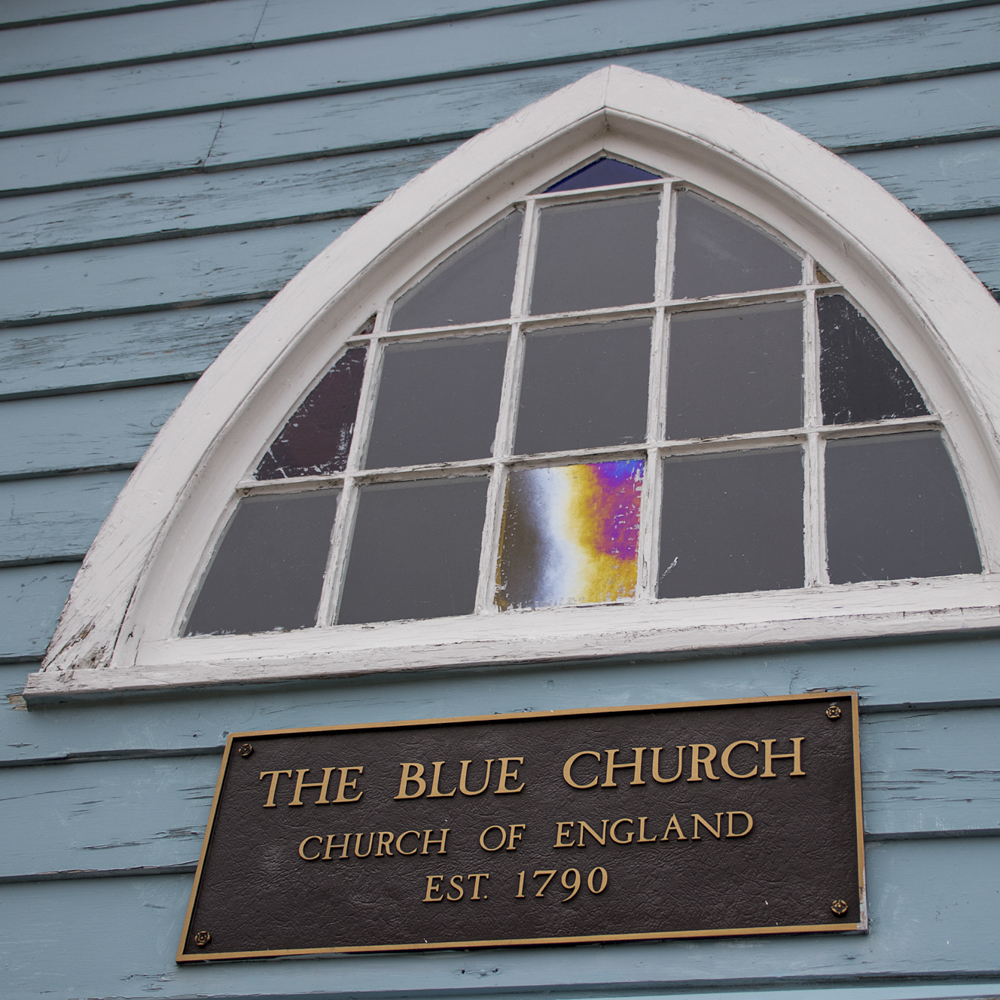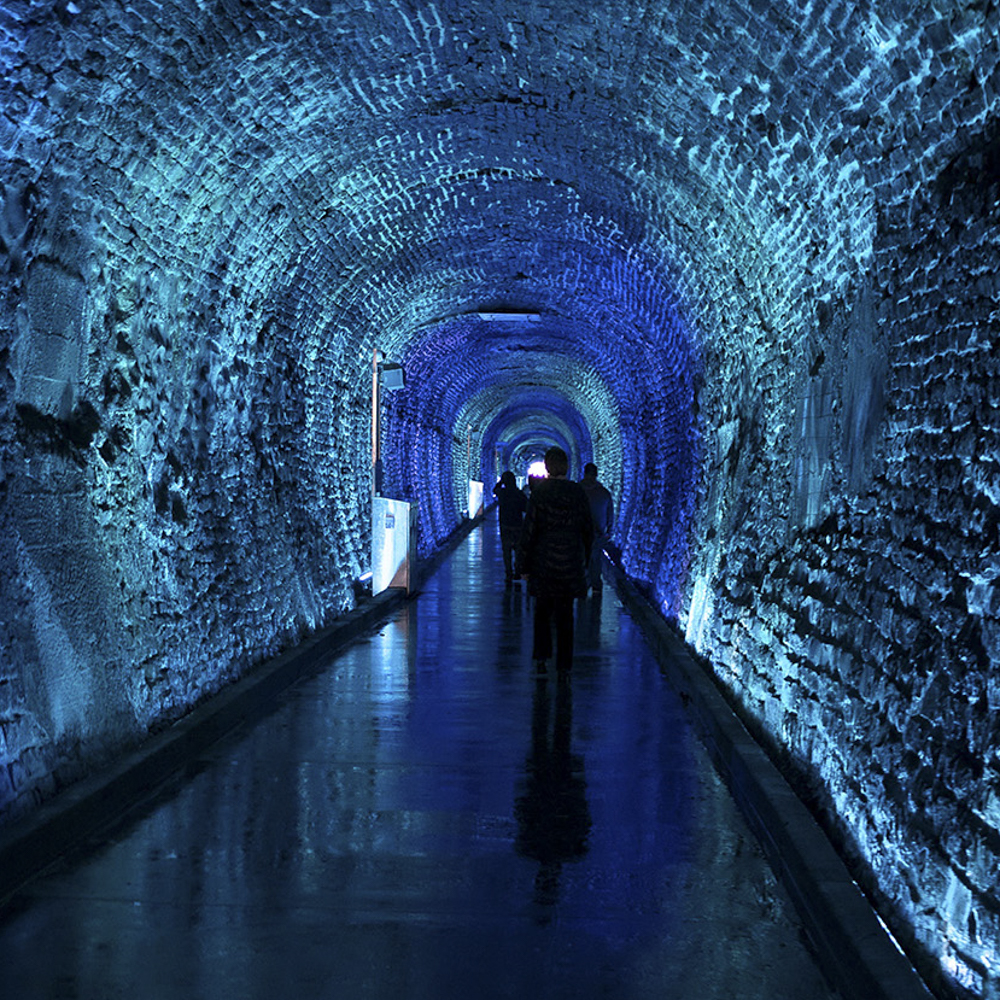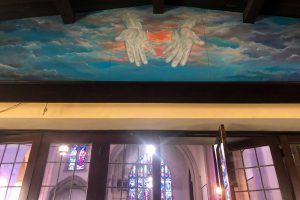Buffalo and Niagara, a tale of two cities involved in urban renewal
Niagara and Buffalo show history of urban renewal
Look around the city of Niagara Falls and you’ll see reminders of what once was. A 170-year-old Presbyterian church on 1st Street that has stood its ground against encroaching new business. Boarded-up houses side by side that line Main Street. Former tourist attractions like the Daredevil Museum and The Hotel Niagara line Rainbow Boulevard.
These are pieces of what the city used to be before and shortly after revitalization in the late-20th century. Waves of urban renewal have tried to bring life back into Niagara Falls, but according to local residents who live and work in the area, attempts at modernization have been unsuccessful in propelling the popular tourist community into the future.
Niagara Falls is currently emphasizing tourism and fixing up the area to attract more people to the iconic destination, according to lifelong resident Dawn Smith.
Smith, who interacts with tourists nearly every day working the front desk at the Niagara Falls USA Visitor Center, said downtown has fluctuated over the more than 30 years she’s lived there.
“When I was little, the downtown area was more developed,” Smith said. “Over the last decade, we’ve kind of seen a decline.”
The new redevelopment includes a new Hyatt Place that opened in 2018 a block from the Rainbow Bridge crossing, a new plaza by the Cataract Commons Civic Project, and The Hotel Niagara by Syracuse’s Brine Wells LLC that is expected to be finished in 2020.
“Recently there’s been a push for tourism, so we’re beginning to see it grow,” Smith said.
She said one of the challenges has been making Niagara more eye appealing to visitors.
“They’ve been tearing down or rebuilding those houses and those buildings that are vacant (and) trying to make it a little more accommodating for people to stay in the area,” Smith said.
The modern history of Niagara Falls
The city’s population steadily grew from the early 1900s through the 1940s. There were 1.5 million visitors coming to Niagara annually by 1910. The 1917 state census reported that Niagara was the fastest growing city in New York with a population of 42,000.
The Schoellkopf Power Station in Niagara Falls provided the main source of power for the entire city at the time. It originally operated as a hydraulic canal in 1874 before it began to produce electricity in 1882. The company was destroyed by a rock slide in 1956 when two of the power stations collapsed into the Niagara River. Other industries supported by the power plant had to leave the city as a result. The rebuilding of the power plant provided for temporary employment, but afterward, Niagara Falls’ employment rates continued to decline. Industrial employment went down 37 percent between 1956 and 1963.
Urban renewal plans were set in place in the 1970s to increase economic growth in the city. Sites like the Niagara Falls Convention and Center and the Rainbow Center, which closed in 2000, were implemented to emphasize the most obvious source of income in Niagara Falls: tourism.
These plans put some historical sites at risk of being shut down in the name of development. Among them was the First Presbyterian Church, considered the oldest church in Niagara Falls having opened the doors to its current structure in 1849. It is recognized by the National Register of Historic Places in 2014.
While this emphasis on tourism has been the priority, residential Niagara’s dilapidated buildings will also have to experience a revitalization.
“We were just in the urban renewal area. Everything between us and the State Park was gone.” church elder John Goddard said. “[They] put up Rainbow Mall and designed the Winter Garden next to the Rainbow Mall, which is the year-round arboretum. On the other side, a Hilton Hotel, above on Fourth Street a convention center, the casino, a skating rink in there, too.”
Congregants of First Presbyterian fought and was able to keep the church in its location on First Street. Other projects went up around Niagara, some still standing, and some not.
“Pretty much everything was subject to urban renewal, and basically starting over,” Goddard said.
Goddard questions if Niagara Falls’ investment in hotels and tourist attraction is really paying off.
“You do notice there’s a number of hotel rooms going up and you wonder how they ever fill them up,” Goddard said. “Most of the year, recently, they don’t.”
A Sheraton Niagara Falls representative said that its hotel consistently sells out throughout the summer and is occupied about 30-40 percent during the offseason. At the Wyndham Garden At Niagara Falls, front office supervisor Andrew Gomez said he’s seen rates as low as 16 percent in the offseason in his experience working at the Sheraton and Wyndham Garden. The hotel has only been a Wyndham Garden for one year, but Gomez said they had an average occupancy rate of 75 percent in 2018, which he considers good for a hotel that experiences significant downtime in the offseason.
“If everything goes well, we’ll be sold out for 2-3 nights a week,” Gomez said. “During the winter, they do try very hard to get tourist groups in, and that contributes to higher occupancy, so about 20-30 percent. Being sold out in the offseason only happens a couple times in the few months.”
Similar tale to the south
Revitalization in Western New York is not limited to Niagara Falls. There is a similar push and pull between the old and the new in the nearby city of Buffalo.
The phrase “abandoned spots in Buffalo” returns more than 3 million results pinpointing locations for urban tourists to explore, compared to about 2 million and 1 million for nearby Cleveland and Rochester, NY, respectively.
At Buffalo Central Terminal, a railroad station that operated 1929 to 1979 in Buffalo’s Broadway-Fillmore district, a few visitors pull in and out within an hour on a Saturday afternoon.
They come and go with cameras pointed at different angles trying to capture the perfect shot. A pair from Toronto traveled to Buffalo for the day to hit up old structures like the Central Terminal for pictures.
With plans to building new affordable housing and investments in new businesses, the Broadway-Fillmore neighborhood in Buffalo’s East Side is experiencing its own renewal. The neighborhood is predominately black, and some residents are concerned that the money coming in is not supporting black businesses.
Marcus Williams drives around Broadway-Fillmore collecting signatures from area residents that he will use to petition Buffalo city leaders. He wants to protect black businesses from being bought out in the neighborhood, often by immigrant investors.
“It’s hard for black people to start businesses in our own neighborhoods,” Williams said. “Black people can’t get a loan for anything.”
Immigration in the Buffalo metro area grew 32.3 percent from 2000 to 2014, slowing the population decline in the city. This increased the total housing value by $964.5 million. Business among immigrants during this time generated $121 million in the region’s business income.
Williams said he worked at his uncle’s delicatessen through his teenage years, which he estimates would make $1,000 a day. His uncle was offered $200,000 for his business by an immigrant family and took the money and moved to Atlanta.
Williams said that the deal was not worth it in the long term, but it is the type of deal that other black business owners in Broadway-Fillmore have taken.


